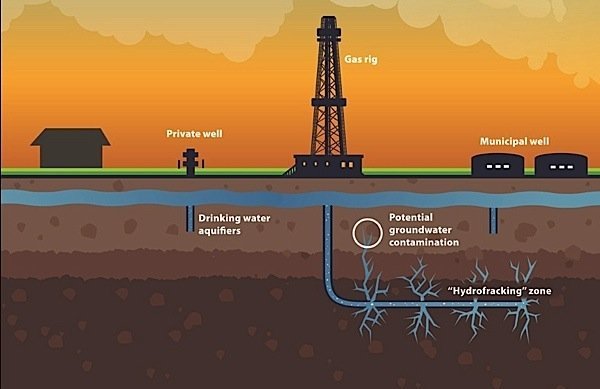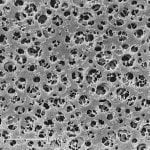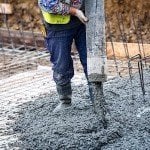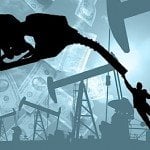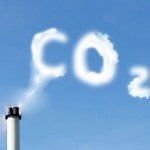The decision last December by New York State Governor Andrew Cuomo to ban high-volume hydraulic fracturing (HVHF) for shale gas in that state came after several years of studies and assessments. The last of these studies came just days before the ban was announced. It was prepared by the state’s department of health and it seems to have been the final nail in fracking’s coffin. The governor said that he would be “bound” by the expert opinions expressed in that and other studies. He went so far as to compare fracking to passive smoking, in terms of its potential health risks. The health risks associated with passive smoking were not understood at first either, but now we know better, he said, implying that the same would be true with fracking.
The study that ultimately led to the ban states that the risks of HVHF are not well enough understood to be properly managed. It also raised the concern that the public health impacts of fracking could be felt much more broadly than previously thought.
Those impacts include the uncontrolled leakage of methane and other volatile organic chemicals and particulates from the well pads and natural gas infrastructure. As well, heavy vehicle traffic at fracking sites has been observed to add dust and benzene pollution to the air, potentially contributing to respiratory problems in communities nearby. There are also potential climate change impacts to be considered.
Water quality is the second main concern. The study warns that shallow “methane migration” could potentially enter drinking water wells and cause a risk of explosions. Other materials that could enter drinking water include the waste materials created by the process of fracturing. These include naturally occurring radioactive wastes such as radon.
While a guarantee of absolute safety is not possible, an assessment of the risk to public health must be supported by adequate scientific information to determine with confidence that the overall risk is sufficiently low to justify proceeding with HVHF in New York. The current scientific information is insufficient.
New York State Department of Health
There is even emerging evidence, the report states, of fracking contributing to the induction of earthquakes.
The report is a plea to wait until all of the potential negative effects that HVHF could have on public health are better understood—the effects on groundwater, on air quality, the effects of increased radon exposure, of noise exposure, the effects of fracturing on wastewater treatment, on seismicity, on traffic and on work-related injuries. HVHF is a complex activity, the report says, and the relationships between it and public health are not understood. More study, in short, is urgently needed. We don’t know enough to adequately assess the risks.
New York was the first state with major shale gas reserves to take this step. Colorado could be the next. Anti-fracking activists in the state of Colorado are hoping to use tactics used in the New York campaign to achieve the same goal. So far, efforts have failed. The oil industry in Colorado, which has the sixth-largest oil reserve, is reportedly worth $30 billion a year to the state’s economy.

